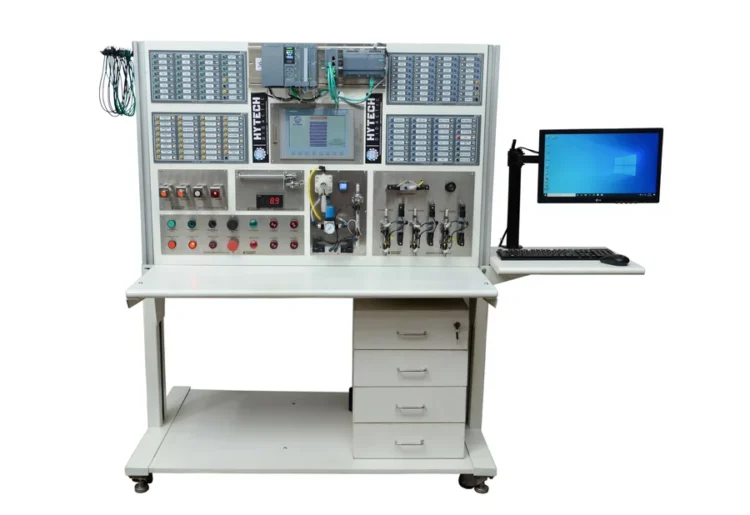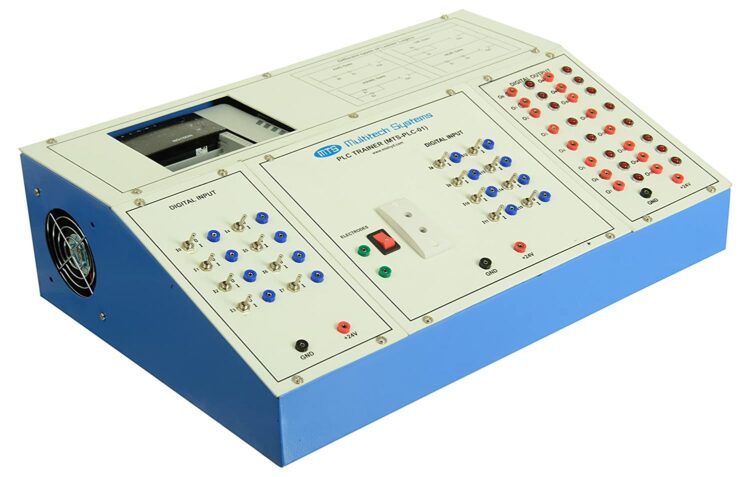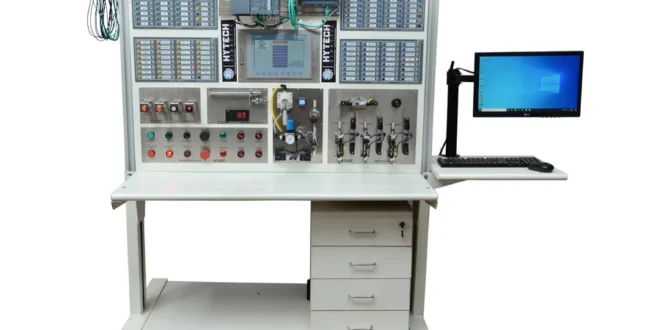The world of industrial automation is growing at a rapid pace, particularly in the areas of electrical engineering and automation. One of the key components of any successful automated system is PLC trainers.
For many automation students, PLCs can seem like an intimidating technology to learn when first starting out. However, with the right tools and resources it’s easy to quickly become an expert in this important field. That’s why we’ve created this comprehensive guide on PLC Trainers-the ultimate guide for electrical engineering and automation students.
What are PLC Trainers?
PLC (Programmable Logic Control) trainers are devices used by engineers and technicians to program, test, and troubleshoot various industrial control systems. These devices provide users access to all of the necessary components for programming a complex control network without requiring physical installation or set-up time.
A typical PLC trainer consists of a controller module connected to various I/O (Input/Output) modules that allow for communication with other analytical instruments or hardware used in industries such as robotics or manufacturing.
Why Use a PLC Trainer?

PLC trainers provide an invaluable resource for electrical engineering and automation students as they make learning about different types of control networks much simpler than traditional methods. Additionally, they can be used safely in lab settings due to their low power consumption which eliminates worries about damaging expensive equipment or being electrocuted while testing certain aspects of a controller design.
In contrast to most commercial controllers which tend to require extensive wiring and installation time prior to use, set up with a PLC trainer is nearly instantaneous after the initial configuration has been completed correctly.
This allows users more time to explore how complex applications are programmed and debugged in real-time without having to worry about wasting time setting up hardware every single time before experimentation can occur.
Types Of PLC Trainers
Currently, there are several types of popularly used PLC trainers on the market ranging from basic multi-function controllers up to full industrial-grade machines capable of managing large production lines requiring intricate coordination between different devices & processes involved in production cycles.
The type chosen largely depends on individual requirements since not all controllers handle identical tasks well depending on factors such as complexity & size.
Selecting A Trainer

When selecting a suitable trainer it’s important to take into account factors such as price range, desired functionality & complexity levels that match user abilities so there won’t be any roadblocks during experimentation or development workflows because none exists yet within the realm of what has been discussed thus far!
Ultimately however no single “best” choice exists since each situation calls upon its own unique needs; relying heavily on both budget constraints as well comprehensive research done beforehand should prove helpful when narrowing down options available depending on desired goals at hand too!
Conclusion
PLC Trainers are an essential tool for students of electrical engineering and automation. With the help of a good trainer, you can get hands-on experience in programming and operating real industrial systems.
It allows them to understand how the different components work together as a system and gain invaluable insight into the world of industrial automation. We hope this guide has been helpful to you in understanding what PLC trainers are and why they are so important for aspiring engineers.
 Hi Boox Popular Magazine 2024
Hi Boox Popular Magazine 2024



